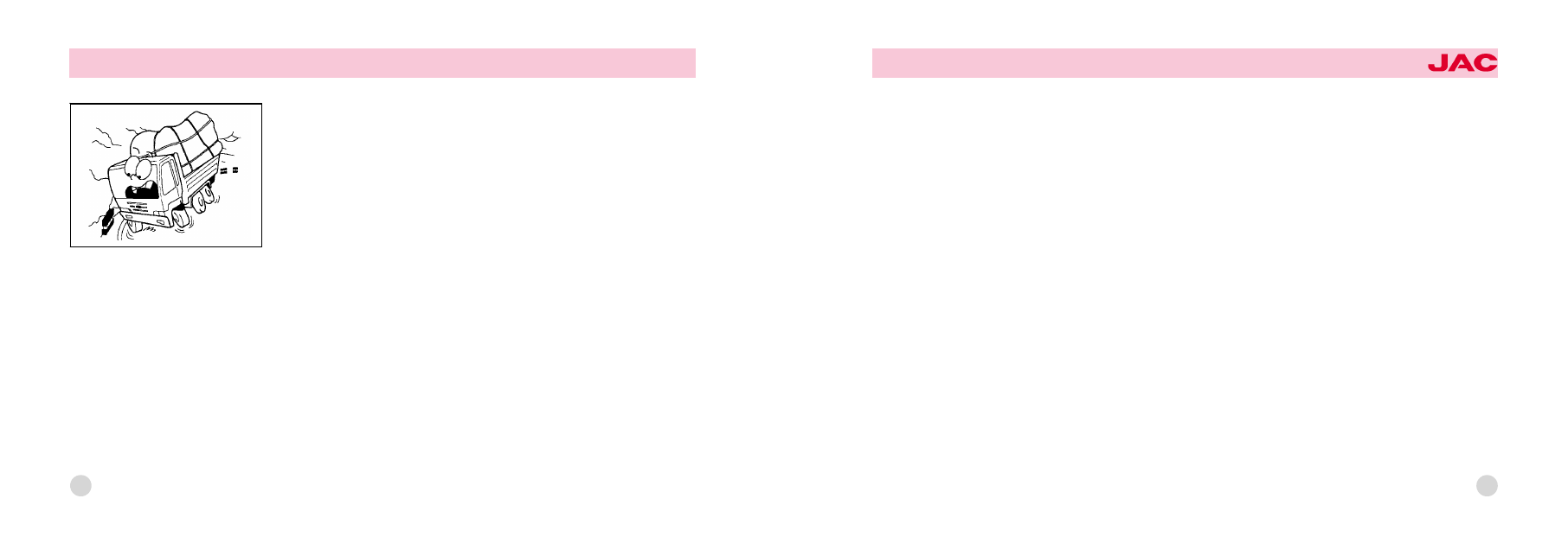Content .. 1255 1256 1257 1258 ..
Isuzu N-Series. Manual - part 1257

109
EMERGENCY BRAKE (TRACTOR)
The emergency brakes are spring -operated brakes which are automatically
applied to the rear wheels when the compressed air pressure abnormally falls.
Observe the following instructions.
How to operate
When the compressed air pressure falls below 2.7 kgf/cm
2
(265 kPa), the e鄄
mergency brakes are automatically applied.
Manual emergency brake application can be accomplished by pulling the
parking brake knob in. Use the knob in case of emergency.
How to release
When the compressed air pressure fell and the emergency brakes were man鄄
ually applied, run the engine until the AIR pilot lamp goes out. Thereafter, push
the paking brake knob to release the emergency brakes.
Since the pressure might fall temporarily after the release, be sure to check
the pressure before starting the vehicle.
CAUTION:
If the AIR pilot lamp is ON when the parking brake knob is pushed, the brakes
will not be full released, and brake dragging will result. When the AIR pilot lamp
is ON, therefore, do not push the knob.
108
CAUTION:
Avoid extended use of the trailer brakes as far as possible.
荫
When making a turn to the right or left, remember that the rear wheels make
a shorter turn than the front wheels.
荫
Before rounding a curve, reduce the speed of the vehicle.
荫
Pay attention to the shoulder of the road.
OWNER爷S MANUAL
JAC HEAVY DUTY TRUCK